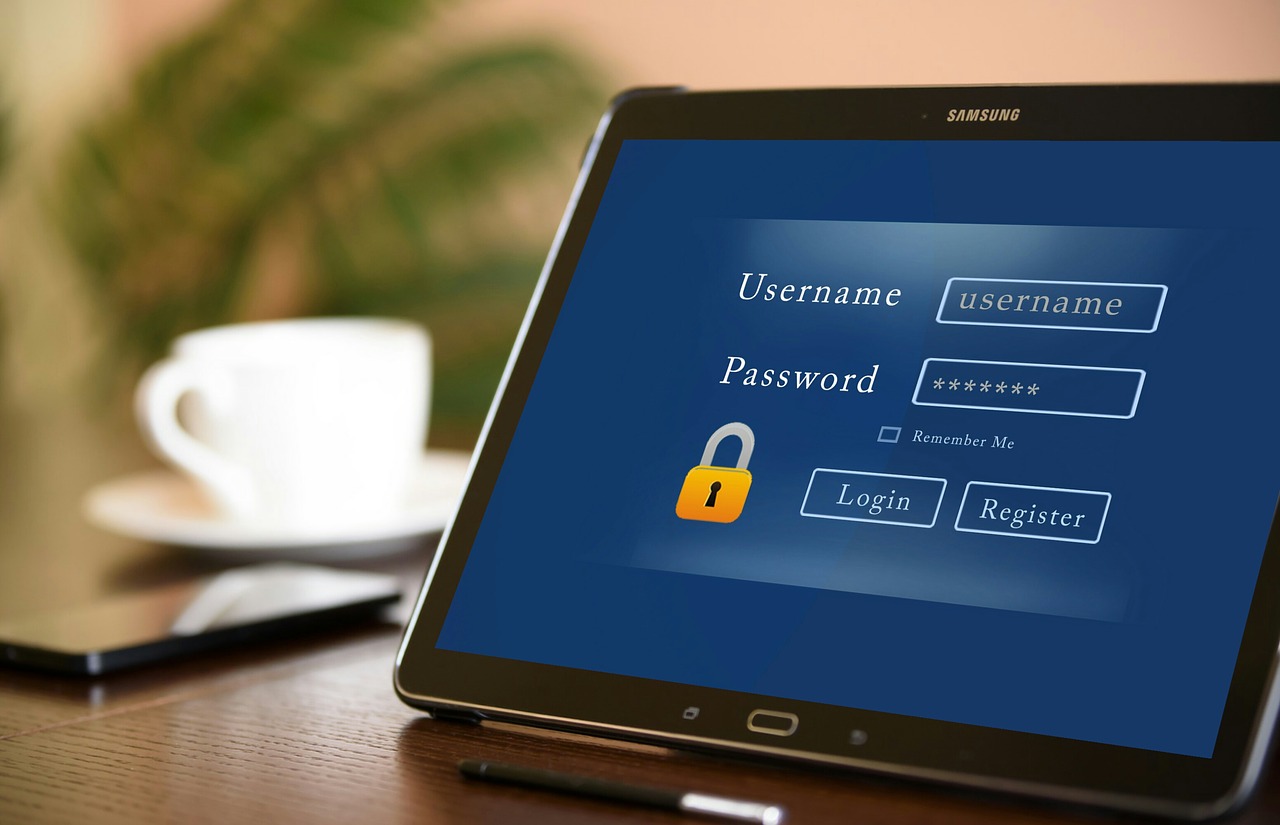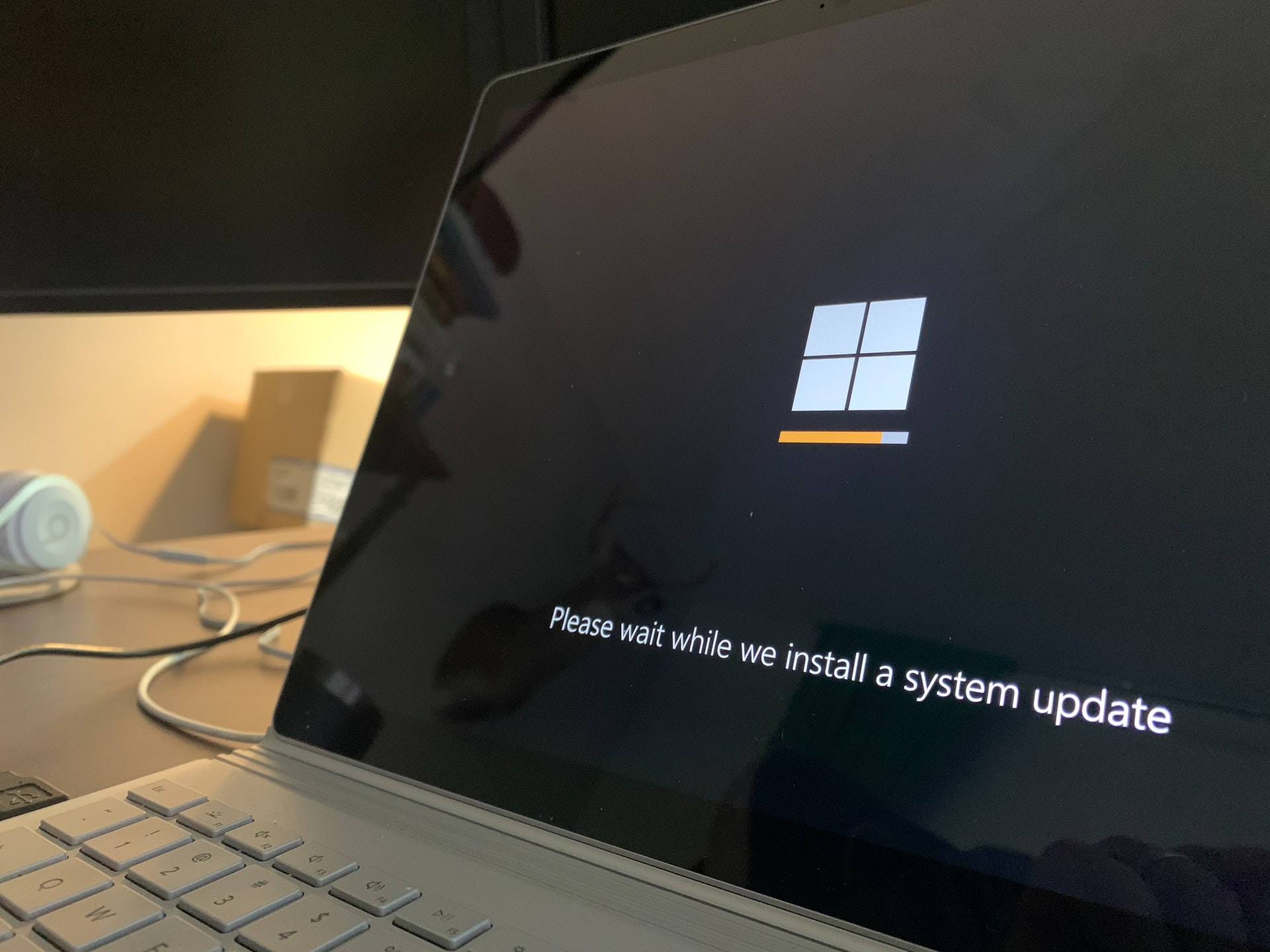In some ways, running the Internet of Things is like managing an ant colony. Every network device, like an ant, has a mission, and in many cases, those devices are countless.
Connected device management is required for accessing and managing devices that perform actions and data reporting in mission-critical applications. These systems must be inspected for security and uptime, and they must also be updated and improved. Internet of Things installations must be combined with IoT application management solutions to enable administrators to carry out these responsibilities.

If a device goes offline, for example, an administrator must be able to access it in order to diagnose it. This is only one example, but it’s a big one. The offline gadget could be several miles away, within a big industrial tank, or atop a light pole. It could be just as vital as a gadget deployed in a data center down the hall.
To manage IoT devices, this process entails a number of tasks that include integrating a device into a network, monitoring it, and guaranteeing its continued health and availability.
Deployment
The first stage in IoT management is device provisioning. This stage is for the initial setup to register an account, configure the network connection, and so on.
As we will see, provisioning is comparable to configuration. Both of these procedures require you to personalize your gadget. Provisioning changes the device’s settings from their original, off-the-shelf configuration to those necessary for the device to be incorporated into your network. Configuration can be done at any moment.
Authentication

Authentication is the process of verifying a device’s identification as it is added to an IoT system and authenticating users during login. Proper IoT device identity management and authentication ensure that only authorized devices are enrolled, preventing invasions and maintaining the confidentiality of private information.
As we covered in the provisioning section, IoT configuration management is a technique for changing the functionality of your IoT device. For example, you may enhance a device’s complexity and intelligence, improve its functionality with more code, or change its settings to meet new requirements. This is a core service offered by a reliable IoT solutions company like EasyIot.
Because devices and networks are living entities, they frequently require further set up after the initial provisioning phase. It is critical to be able to set up one or more devices quickly, safely, and remotely whenever the need arises.
Monitoring
One of the primary goals of IoT device management is remote monitoring of your IoT devices, which supports a variety of application goals:
- System Metrics: From a dashboard, you can view device uptime and other network events
- Data Reporting: Gain valuable insights through user-defined data points. These data points may include tank level readings, concrete pour temperatures, and other sensor data.
- Notifications: Create user-defined notifications for events to aid in important decision-making and predictive maintenance. Administrators must be alerted of changes throughout the network that potentially influence performance in order to prevent significant system failures, data loss, or performance deterioration
- Security: One significant advantage of a highly integrated IoT device management platform is its capacity to identify and remediate security breaches, such as attempted device configuration modifications, and to notify system administrators of these occurrences.
Diagnostics
Through using the IoT device management techniques we’ve discussed so far, administrators can perform diagnostics on the status of the whole device network as well as on each individual device.
Administrators can use these strategies to run checks from a management platform in order to troubleshoot and fix issues in a timely and effective way.
Software Updates

Today’s IoT devices are smart, with complex software-defined qualities to handle their operation and security. Software powers IoT devices specify their position in the device network, allows edge compute capability, and maintains virus and malware avoidance.
Administrators must be able to deliver firmware upgrades to any or all devices across the whole network at any time in order to maintain IoT devices running properly.
Maintenance
One of the most critical components of IoT device management is the ability to retain visibility across the device deployment, receive warnings, and fix difficulties. Devices in IIoT (industrial IoT) installations can have a ten-year or longer service life. As a result, feature additions, security fixes, and firmware upgrades are unavoidable over time.
Device maintenance is the continual effort to keep devices tuned to the demands of business applications, and it is inextricably linked to monitoring, diagnostics, and software upgrades.
All of the examples in the preceding sections demonstrate the sophisticated requirement for an IoT system management solution to undertake continual monitoring and maintenance of the IoT application.